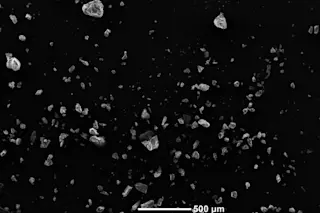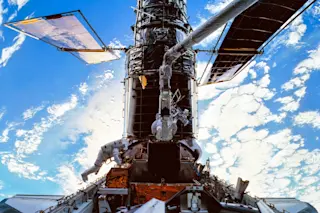Apollo 8: Humanity's First Trip to the Moon
On December 21, 1968, Apollo 8 lifted off from Kennedy Space Center atop a Saturn V rocket, beginning one of the most historic trips in human history.
More on Discover
Stay Curious
SubscribeTo The Magazine
Save up to 40% off the cover price when you subscribe to Discover magazine.
Subscribe












